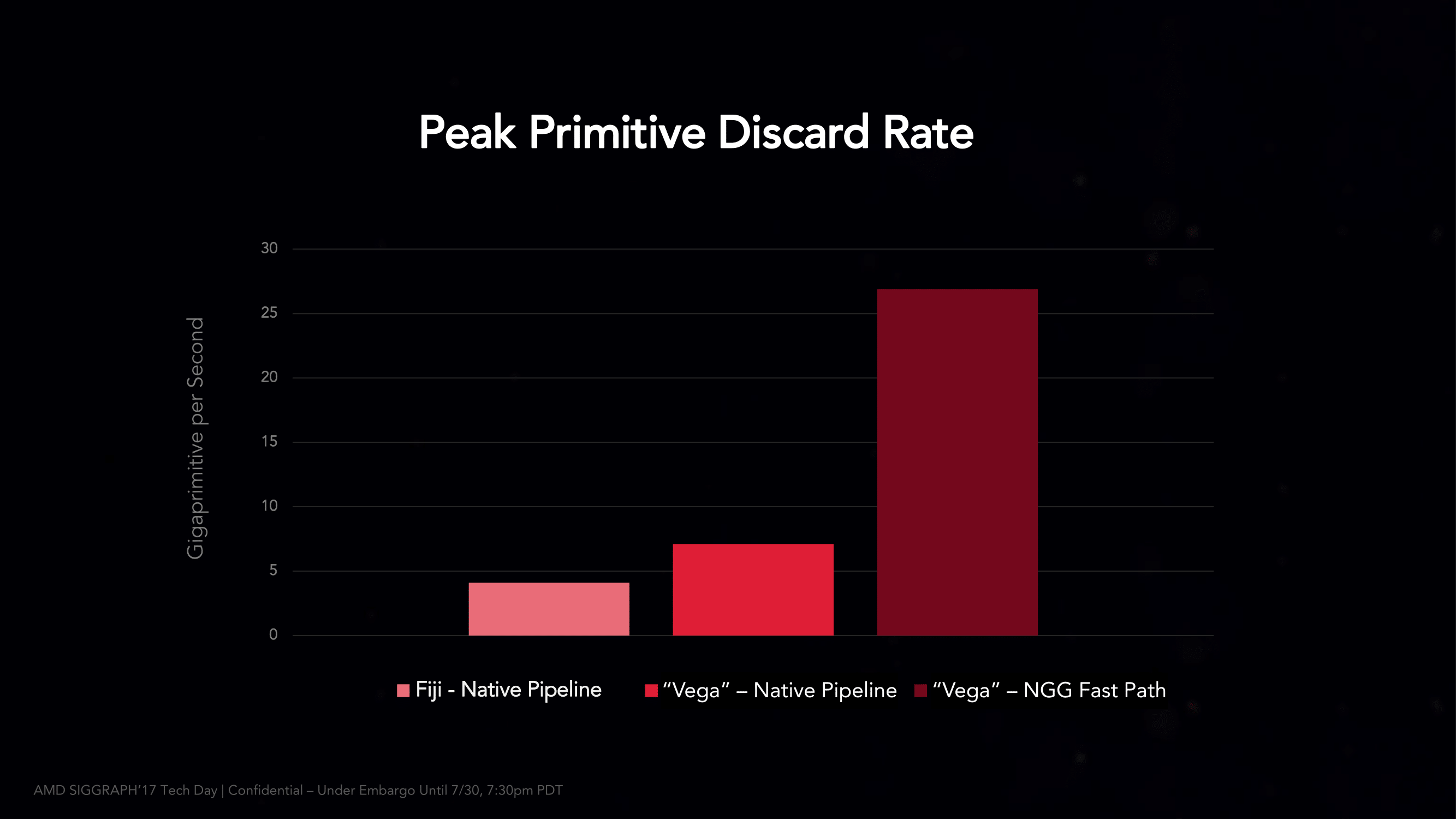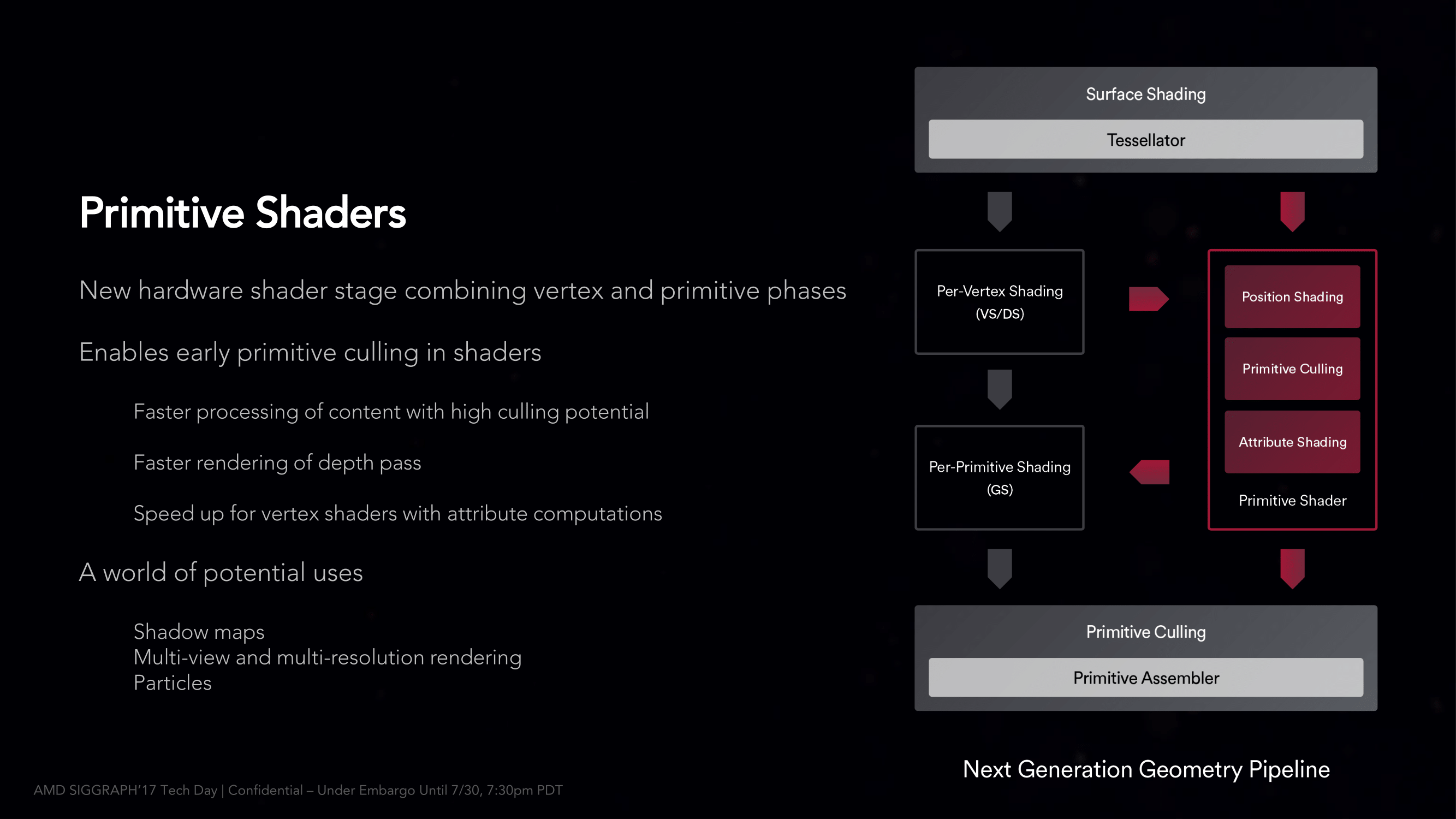Phoronix: AMD's Initial Graphics Updates For Linux 5.3 Include PowerPlay Improvements, HMM Usage
While the Linux 5.2 kernel won't see its debut until July followed by the opening of the Linux 5.3 kernel cycle, the AMD developers sent in today their initial set of staged changes to DRM-Next for queuing their preliminary AMDGPU/AMDKFD driver changes they want to get into this next kernel cycle. There are some notable additions but what we are expecting/hoping for and haven't seen yet is the Navi support...
While the Linux 5.2 kernel won't see its debut until July followed by the opening of the Linux 5.3 kernel cycle, the AMD developers sent in today their initial set of staged changes to DRM-Next for queuing their preliminary AMDGPU/AMDKFD driver changes they want to get into this next kernel cycle. There are some notable additions but what we are expecting/hoping for and haven't seen yet is the Navi support...



Comment